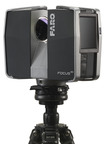 LAKE MARY, Fla., Oct. 5 /PRNewswire/ — FARO Technologies, Inc. (Nasdaq: FARO), the world’s leading provider of portable measurement and imaging solutions, introduces the new FARO Laser Scanner Focus3D.
LAKE MARY, Fla., Oct. 5 /PRNewswire/ — FARO Technologies, Inc. (Nasdaq: FARO), the world’s leading provider of portable measurement and imaging solutions, introduces the new FARO Laser Scanner Focus3D.
Focus3D is a revolutionary, high-performance 3D laser scanner for detailed measurement and documentation with intuitive touch screen control that makes it as easy to operate as a digital camera. It is four times lighter and five times smaller than its predecessor and is the smallest and lightest laser scanner ever built.
Focus3D uses laser technology to produce incredibly detailed three-dimensional images of complex environments and geometries in only a few minutes. The resulting image is an assembly of millions of 3D measurement points in color which provides an exact digital reproduction of existing conditions.
The new FARO Laser Scanner Focus3D is suitable for documentation of large environments, quality control of components and reverse engineering. Thanks to its millimeter-accuracy and its 976,000 measurement points/second, the Focus3D offers the most efficient and precise method for measurement and three-dimensional documentation of building construction, excavation volumes, façade and structural deformations, crime scenes, accident sites, product geometry, factories, process plants and more.
The Focus3D is entirely self-contained, meaning no additional devices, cables or laptop are needed. With its dimensions of 9.5 x 8 x 4 in. and a weight of 11lbs, the Focus3D is so compact and mobile that users can always take it with them, wherever they go.
Focus3D deploys an integrated color camera with automatic and parallax free color overlay for photo-realistic 3D scans. Its integrated lithium-ion high-performance battery provides up to five hours of battery life and can be charged during operation. Furthermore, all scans are stored on a SD card enabling easy and secure data transfer to a computer.
The FARO Focus3D is compatible with many common software applications. The flexible interfaces of SCENE, the scan processing software included with the Focus3D, enable connection to AutoCAD as well as many other CAD applications such as Rhino, Microstation, Nemetschek and ArchiCAD.
FARO has changed the game with all the improvements and features of the new Focus3D, eclipsing anything offered in the marketplace and reducing the package size by 50%. Instead of pricing the technology accordingly, FARO has dropped the price by half that of any current laser scanning system.
“With the revolutionary Focus3D, FARO provides architects, civil engineers and plant designers with an efficient tool for rapid, seamless and precise documentation of the current status of buildings, plants and construction sites of every kind. The Focus3D offers advanced functionality through a simple user interface and expands the user base beyond the expert, moving phase shift laser scanning across the technology chasm,” stated Jay Freeland, FARO’s Chief Executive Officer.
About FARO
FARO develops and markets computer-aided coordinate measurement devices and software. Portable equipment from FARO permits high-precision 3D measurement and comparison of parts and compound structures within production and quality assurance processes. The devices are used for inspecting components and assemblies, production planning, inventory documentation, as well as for investigation and reconstruction of accident sites or crime scenes. They are also employed to generate digital scans of historic sites.
Worldwide, approximately 10,000 customers are operating more than 20,000 installations of FARO’s systems. The company’s global headquarters is located in Lake Mary, Florida, with its European head office in Stuttgart, Germany and its Asia/Pacifichead office in Singapore. FARO has branch locations in Canada, Mexico, United Kingdom, France, Spain, Italy, Poland, Netherlands, India, China, Singapore, Malaysia, Vietnam, Thailand, and Japan.
SOURCE FARO Technologies, Inc.
Back to top
RELATED LINKS
http://www.faro.com
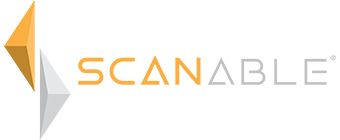
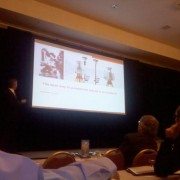
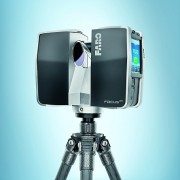
 LAKE MARY, Fla., Oct. 5 /PRNewswire/ — FARO Technologies, Inc. (Nasdaq:
LAKE MARY, Fla., Oct. 5 /PRNewswire/ — FARO Technologies, Inc. (Nasdaq: 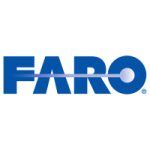
 “The time has come for a dramatic reinvention of 3D laser scanning by offering the most user friendly and easiest to handle scanner at a very affordable price,” explains Bernd Becker, director of product management and business development 3D Laser Scanner at FARO. “At Intergeo FARO will present a new revolutionary 3D laser scanner technology which makes 3D laser scanning available to a much larger audience.”
“The time has come for a dramatic reinvention of 3D laser scanning by offering the most user friendly and easiest to handle scanner at a very affordable price,” explains Bernd Becker, director of product management and business development 3D Laser Scanner at FARO. “At Intergeo FARO will present a new revolutionary 3D laser scanner technology which makes 3D laser scanning available to a much larger audience.”

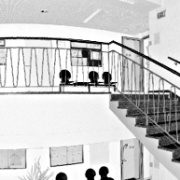

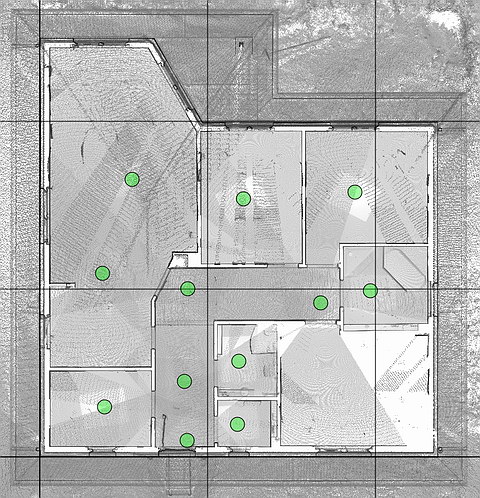


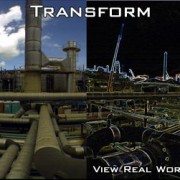


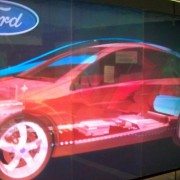
 Three-dimensional space is a geometric model of the physical universe in which we live, work and are now entertained. Television manufacturers are quickly working to release the 3D-capable broadcasts that cable and satellite providers are already offering. For example, the 2010 Masters will be broadcast live in 3D on CBS, April 8-11. 3D movies used to be a rarity, but are now found weekly in theaters across the nation.
Three-dimensional space is a geometric model of the physical universe in which we live, work and are now entertained. Television manufacturers are quickly working to release the 3D-capable broadcasts that cable and satellite providers are already offering. For example, the 2010 Masters will be broadcast live in 3D on CBS, April 8-11. 3D movies used to be a rarity, but are now found weekly in theaters across the nation.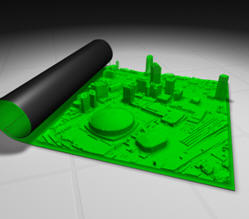
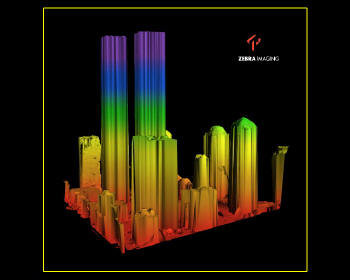
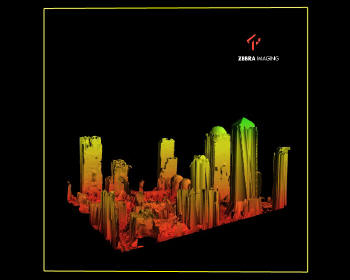

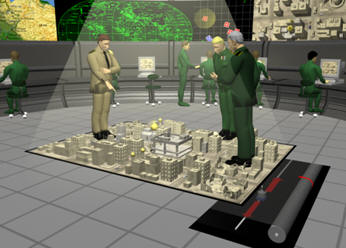

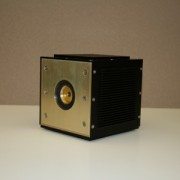

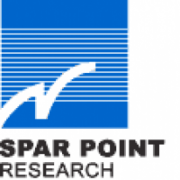


 Leica Geosystems announces three new laser scanning software products for scan data import, forensic scene mapping, and modeling complex 3D surfaces. Combined, these products increase the breadth and depth of laser scanning software solutions available from Leica Geosystems.
Leica Geosystems announces three new laser scanning software products for scan data import, forensic scene mapping, and modeling complex 3D surfaces. Combined, these products increase the breadth and depth of laser scanning software solutions available from Leica Geosystems.